I think most people are aware that I love Lego’s Chima line of mini figures. And I’m pretty sure you never thought I would write a blog post that starts with: The problem with Chima.
As artists we are often unable to look at our own work objectively, at least I’m not. We are often working so far down a particular line of inquiry, it’s hard to see what is working and what isn’t working. I think that is what has happened with me and my Chima characters.
Earlier this week I began my best of 12 photo book. I’ll be honest I stepped away from a literal interpretation of the best of 12 images of 2015 and instead I am trying to put together a set of images that are more relational. I am trying to grasp Kristina’s “red thread” concept and now is a great time to get a little practice in.
This is why I love this annual book project, it makes me think about my work in a completely new way. It’s so easy to fall into a routine of taking photos, editing and posting them on line, with no end game in sight. While editing and thinking about the Chima mini figures I realized that the very aspect of this line that is most appealing to me is also it’s Achilles heel.
I love the LEGO Chima line because, not only are the mini figures intricate and colorful, they come in a lot of variety. Unfortunately their back story isn’t well known (even by me). For me the characters are a blank slate; they can be anything I want them to be. It turns out that this freedom I find working with figures that are outside our common cultural framework is also working against me.
Let me explain, here at the collective we’ve been talking a lot about archetypes, traditional heroes and villains. When using a character with a strong, established story (i.e.: a storm trooper or Darth Vader) it actually helps the photographer tell his or her own story faster by playing with or against that established role. Using allegories is a great story telling short cut when you are using characters that are automatically seen in a specific way; this technique is used to great effect by both Mike and Kristina.
This is harder to do with characters that no one can relate too because they are not a part of the collective consciousness. When there is no immediate framework to play off of, it puts more pressure on the photographer to be even clearer about the story played out in the photograph; there are no short cuts. And this is the problem with Chima. The characters are amazing, but they are not cultural touchstones like more famous pop culture characters (i.e.: Benni, Batman, Cat Woman and of course Darth and the Storm Troopers to name only a few). Without that clear cultural connection they continue to fail to connect with the audience in any meaningful way other than being a pretty picture.
Since we all agree story is important, for both the viewer and photographer, and I know that a cohesive story is missing in my photography, I find I am at a crossroads. Do I continue to keep photographing Chima but take the time to develop a story for my little friends or do I move away from them and hop onto the bandwagon of one of the more common LEGO themes?
What do you think?
How is your best of 2015 photography book coming along?
~ xxSJC


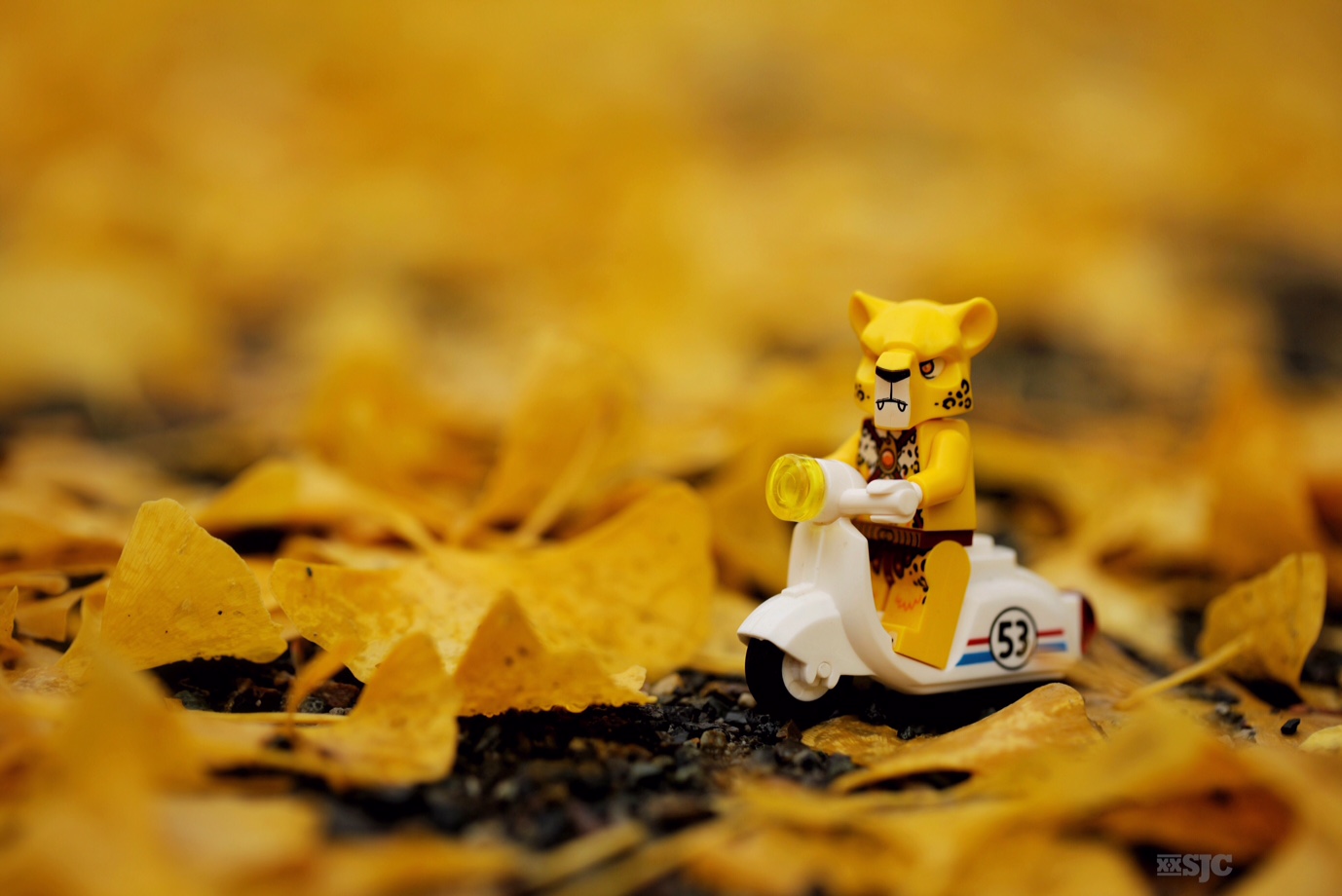

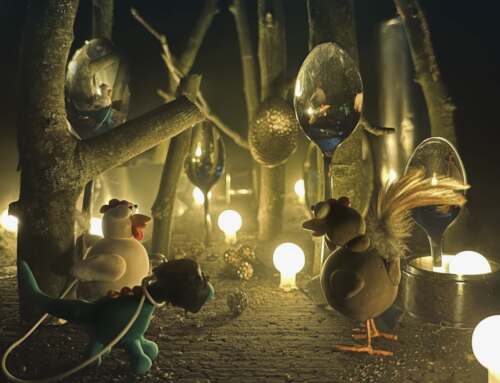
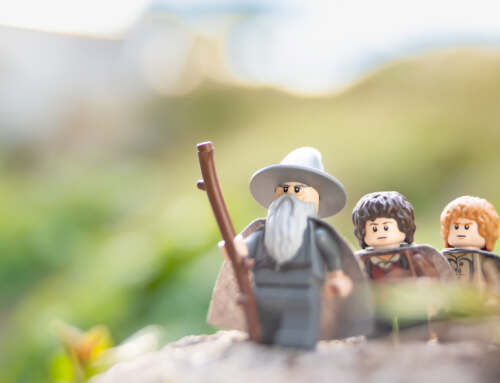
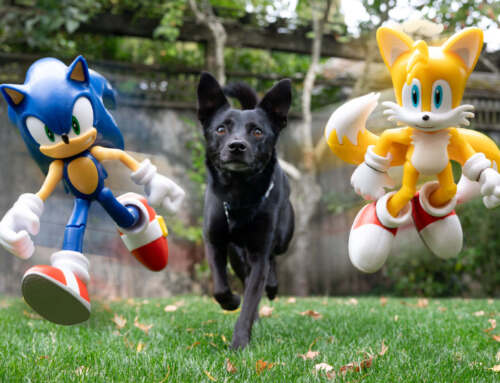
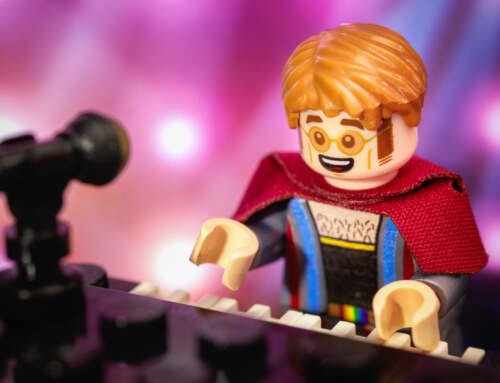
I think that the relative blank slate of Chima is an asset. It gives you the opportunity to tell your own stories without the worry of contradicting character traits locked down by popular narratives. (Although to be fair, both Mike and Kristina do exceptionally well playing *against* such traits.)
Brett Wilson has crafted a fantastic character through Instagram. No links to any existing franchise – just an engaging caricature of himself. And so beloved is his character that many of us have built our own Brett, popping him into our stories and adding to the bustling shared universe (or perhaps Brettverse) that has been growing on Instagram.
This kind of character building take time, of course, but starting with a blank slate allows you to completely define every aspect of your characters. That’s a freedom so few of us appreciate.
Thanks Chris for your thoughtful reply. I have always felt that Chima’s blank slate was an asset. But hanging out with Kristina has made me realize I need to attach at least some semblance of a universal story to them. If I can do that I think the imagery would have more impact.
I know what you are saying about Brett, but to be fair he is a real person with a wicked sense of humor. He is has a backstory already in place to play for anyone to play off of. He is definitely the kind of character anyone would like to have visit their feed, including yours!
I like your comment about time. Once I have a new framework worked out and I can manage to get it across to my viewers, my little Chima universe will make more sense. Thanks again for the reply! Shelly
Personally, I’d say create a back story. But it depends on what you want to do. Creating a back story pushes the creativity you take with the subject. In some ways makes it more relatable.
Joshua, I think you are right. I have a tremendous back log of images right now. I should stop shooting and take some time to storyboard my universe. Maybe throw in a little mythology for good measure and start creating a universe with themes, stories and a little plot that I can build my photographs on. I want to be able to connect with my viewers and I think I need to put more effort into that. Thanks for joining the conversation. Shelly
The real problem with Chima – their animal heads’ eye holes are too far apart. Am I right? Who’s with me!?!?!?!?:)
-Paul
Paul you are so right!!!! With every photograph I have to align the head so the eye is correct for which ever one is in the photo. If I am off by even a millimeter it is a fail! Drives me bonkers!! Shelly xoxo
I have no backstory, I mostly shoot in the moment. Looking at my shots ( for the last year ) they are all over the place. Some just for fun, some in the spur om the moment and some to show a feeling.
Stefan K, This is not a bad place to be. I have shot that way for years. Now I am looking to organize my images a little more carefully. I think it is part of the general progression towards growth. I certainly have been happy with what I have done in the past. I say keep up the awesome work! Shelly
As of lately we’ve heard and read a lot about the rules that separates a good picture from a bad one. We’ve also heard and read about how/whether/why breaking them. If a specific theme had grown so dear to me as Chima has to you I personally would not give up this passion as then I’d surely give away passion with it. And even though passion has not been included in the rules I believe it is an important ingredient for a good picture.
Stefan, So true! Passion is definitely one of those unspoken rules you have to respect. If there is no passion the viewer will suspect that first and not even be interested in anything else. As usual I am feeling my way through a difficult topic. Thanks for your timely reminder. And good on you getting you books done so early! I will not be that lucky this year. The constraints on my time are making it difficult to even sneak away a few moments to edit. Keeping my fingers crossed that I will find a little time this weekend! Shelly
Don’t worry about time in this case. As soon as you’re feeling some sort of pressure remind yourself what you’re doing it for: (hopefully) for the fun of it! I learned a lot about myself making this year’s book. I know now what will be different in next year’s volume. Have a happy weekend..
Btw: Today I got an email stating that “My twelve of 2015” have just been shipped…